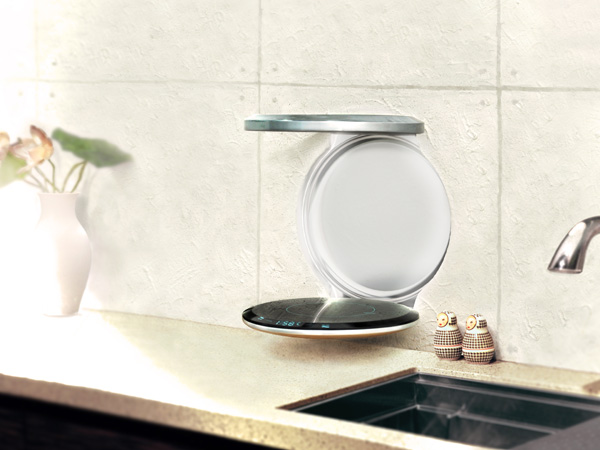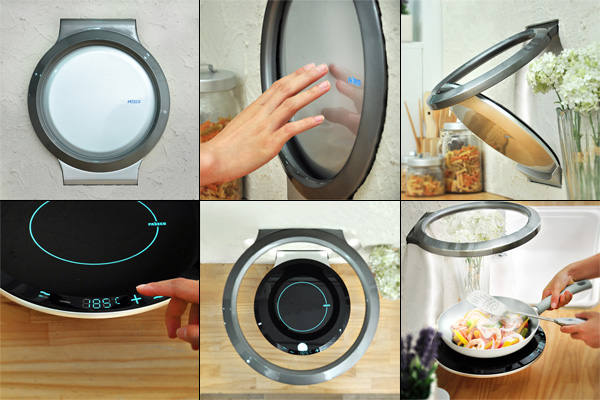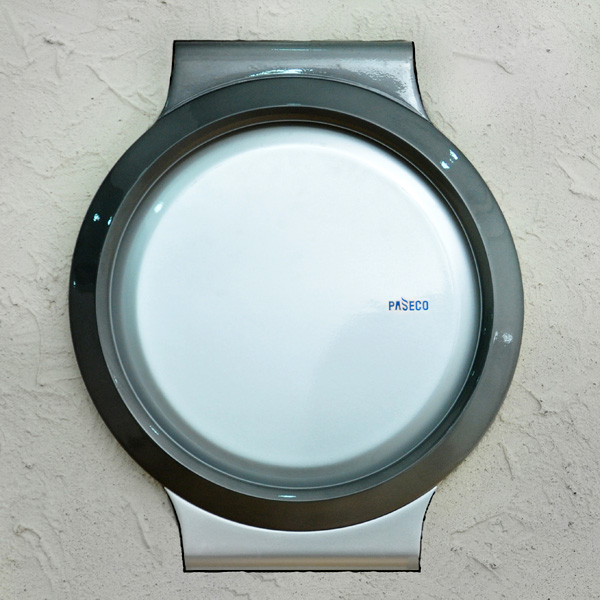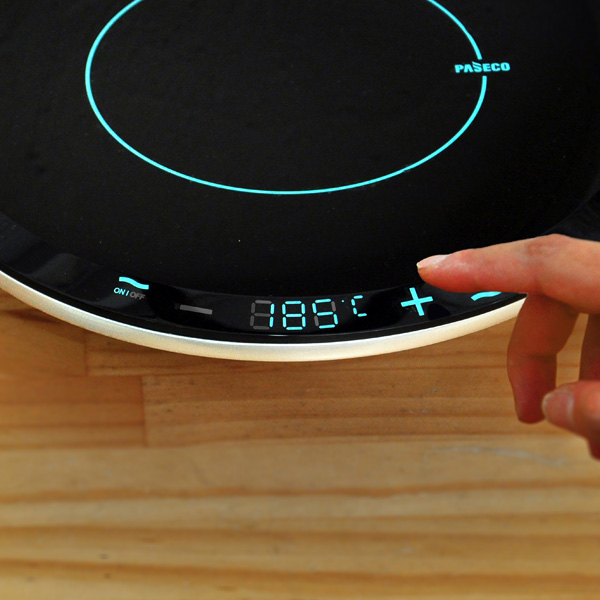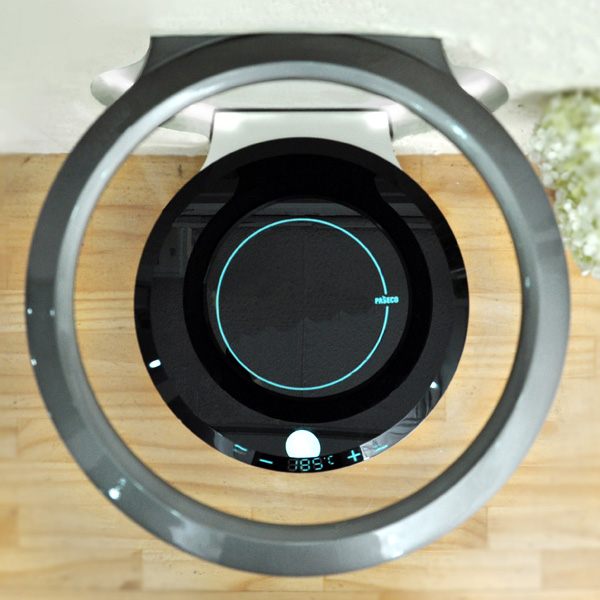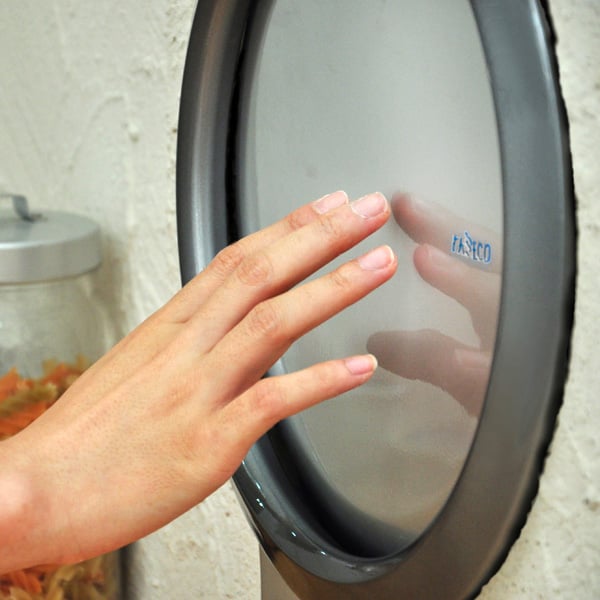
Haier had a pretty formidable booth here at CES, so naturally, we had to swing by and cast our eyeballs over anything and everything there. A wall of TVs greeted us, which turned out to be the company's 2013 Roku-ready HDTVs and Android-packing smart models. Screens were everywhere, but there was also a table with some finger-friendly equipment like 9.7-, 7- and 5.3-inch HaiPads, as well as a Windows 8 laptop, touchscreen all-in-one and tab / laptop slider. The slider looked pretty nice, but all the aforementioned hardware was set up in Chinese, so we lost interest pretty quickly. A central hall booth wouldn't be the same without a 4K TV, but not to worry, Haier had a couple on display -- unfortunately, glare from all the other screens dotted around kind of dampened their impact.
What we were most interested in was all the prototype technologies on show, but all the Haier reps were from the US sales department, so not a soul could talk about the demonstrations. The eye-controlled TV we saw at IFA last year was getting quite a lot of attention, while the mind-controlled set we've also seen before was almost certainly playing a looping video to give the illusion something was happening. There were also several gesture-controlled models, but one wasn't working and the other was hosting a very basic Kinect-type game. A ping-pong game played with a "Sensory Remote" was also up on one TV, but looked unresponsive and therefore, unfun. A multi-view demo using dual 3D specs did what it was supposed to, and a glasses-free 3D TV prototype showed nice depth as long as you were 12+ ft away (the camera can't really replicate the effect, but there's a quick video of it below anyway).
The booth also had a household section which we thought was safe to ignore, until a "wireless blender" caught the eye. "It's just a blender with a battery in it, surely?" this editor asked. "No, there's an inductive coil built into to the underside of the counter," was the reply. Thus was our Haier experience at CES, and to revisit it through our eyes lens, check out the gallery below.
Kevin Wong contributed to this report.
Continue reading A look around Haier's CES 2013 booth: HaiPads, plenty of panels and a wireless blender
Filed under: Cellphones, Desktops, Displays, Household, Laptops, Tablets, HD
Comments
